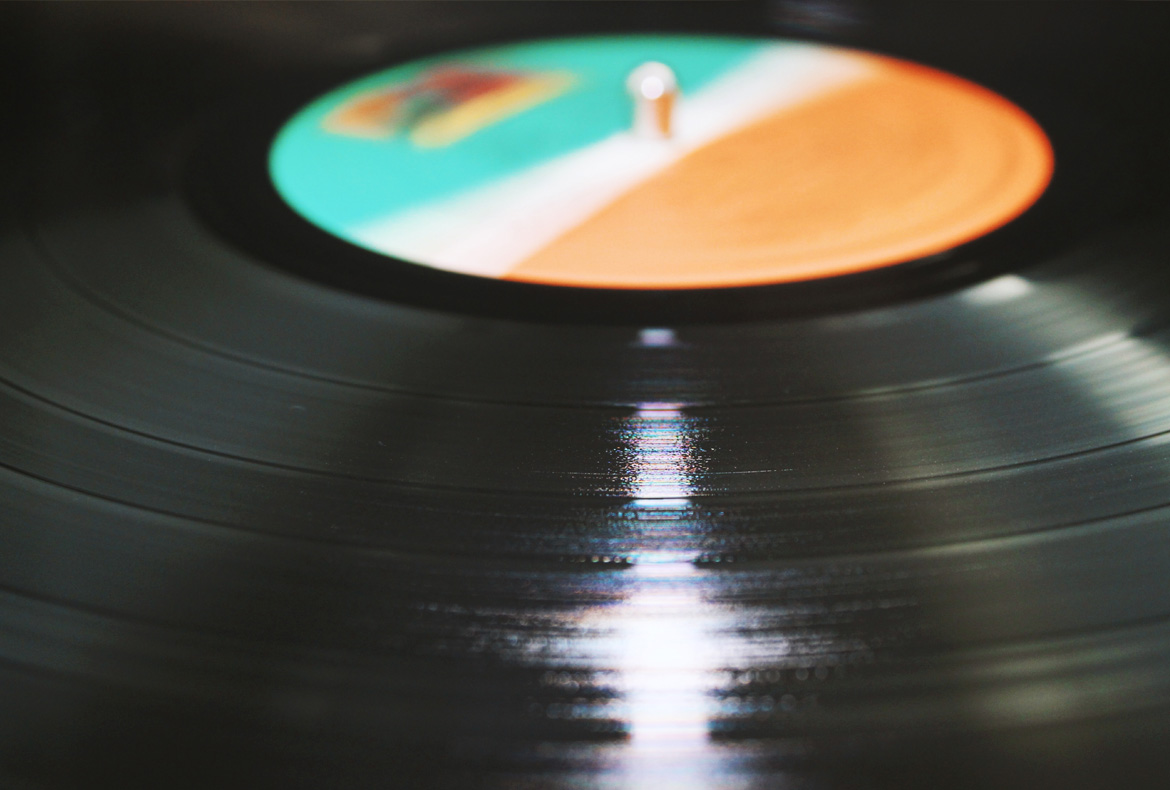Yoga and Music
Both trace their origin to “Vedas” and as such are very ancient, classical and belong to India. “Vedas” gives the means of not only living a happy and healthy life in the world but also the means to reach the Supreme Being. Both Yoga and Music helps attain the above two purposes. While Yoga and Music have parallel concepts that give the means of attaining the twin purposes, they complement each other. Yoga in particular helps in achieving the best purpose of Music by enhancing the skills of music.
What is Yoga?
The word “Yoga” has many meanings, equivalent words and definitions. Currently world over “Yoga” is understood as practice of Asana, Pranayama and Dhyana. Most often they are independently seen. Looking at it from any definitions, the basic purpose of Yoga is to make the ‘mind’ fit for its best use. The Mind is the man’s best friend and worst enemy. This is achieved by a number of means and they have been codified and handed over generations. Patanjali Muni gave them in Sutra form. In this, there a number of means given. Of which three sets are considered important. They are (1) abhyasa and vairägya (2) kriya yoga and (3) astanga yoga.
Abhyasa and Vairagya
Patanjali has two Sutra-s each for these two tools. Though they are in general applicable to all situations in life, the practitioners of Music will find them very effective in enhancing the skills. ‘Abhyäsa’ means ‘practice’. The practice, whether it is yoga or music, has to be continuous without break with sincerity. The ‘vairagya’, i.e. detachment part is more essential in today’s context when there are numerous things which distract the attention. For music any food, habits which do not go well have to be avoided.
Kriya Yoga
This has three components, viz., Tapas, Svadhyaya and Ishvarapanidhana. Tapas means ‘austerity’ that which cleanses. Any practice that helps in cleansing our sytem. The best way to practice ‘Tapas’ is ‘ahara niyama’ discipline in food. ‘Svadhyaya’ means ‘self reflection’. In the context of music, it is to dispassionately reflect on one’s musical capabilities. ‘Ishvarapanidhana’ is to surrender to the Supreme the action and its fruits. This will help in maintaining a mental balance in dealing with praise and criticism.
Astanga Yoga
This is the most popular among the various tools. It consists of eight limbs, i.e., Yama, Niyama, Asana, Pranayama, Pratyahara , Dharana , Dhyana and Samadhi. They are expected to be practiced in ‘unison’.
Role of Asana
There are number of ‘Asanas’. Every asana has a different form and a function. ‘Asana’ uses the body primarily. In our body the most important part is ‘Spine’. Our human system is built around the ‘Spine’. It is important to keep the ‘Spine’ strong and flexible. Music performance (as well as practice) has to be done in a ‘posture’ (a body position). In carnatic music it is in seated position, irrespective of whether it is vocal or instrumental. The ‘spine’ has to be kept erect for longer hours to avoid back pain and related issues. Also the hip and knee joints have to be flexible. To enhance flexibility of joints Asana-s done in ‘vinyasa krama’ style such as ‘Suryanamaskaram’ will help. ‘Vocal’ music uses specially the vocal cord and inverted asana-s like ‘viparita karani mudra’ helps to get good blood circulation to this part. Playing violin calls for maintaining a special posture and this need strengthening of low back, hands and neck. The fingers will have to be flexible. Use of “nyäsa-s” will help.
Role of Pranayama
Pranayama has the twin function of keeping the energy levels better and the mind calm. The correct technique of breathing which calls us use of ‘abdominal muscles’ is important. Practice of Pranayama will kindle the fire in the system and added with air helps in music. While there are a variety of Pranayamas, sitali and ujjayi Pranayama will be very helpful especially in vocal music. ‘Nadisodhana Pranayama’ will help cleanse ‘nädi-s’ and take the much needed ‘prana’ to all parts of the body and thus energize the entire system.
Role of Pratyahara
Pratyahara concerns ‘senses’. Control of senses is very important. Use of ‘nyäsa-s’ and focus on parts of the body will help. When the mind is totally focused on music, pratyahara will occur.
Role of Yama and Niyama
Practice of Yoga is not complete without following these two important parts. Yama is discipline concerning the relationship with the world outside. It has five components, viz., ahimsa, satya, asteya, brahmacarya and aparigraha Niyama is discipline concerning inner purification. It has five components, viz., souca, santoça, tapas, Svadhyaya and Ishvarapanidhana. Following these two disciplines helps get mind rid of impurities such as lust, anger, covetousness, delusion, pride, envy, which takes one towards destruction and are therefore considered as ‘enemies’.
Conclusion
There are three more important components of the ‘astanga yoga’ which are ‘Dharana ’, ‘Dhyana ’ and ‘Samadhi ’, which have important relevance to music. My colleague will talk on them tomorrow. Yoga and music share a special relationship. Each complements the other. Music itself becomes Yoga taking the performer and the audience to the state of ecstasy.
S Sridharan, Trustee, KYM, Senior Consultant and Mentor


Sri gurubyo nama:
I need more details about this ..am at kumbakonam.
Any art including music needs concentration. Music or Yoga by any definition needs comprehensive focus. A very good article relating music and yoga.